
GUEST BLOGGER MÉLINA MANGAL
Jayden’s Impossible Garden is about a young nature lover who wants others to see what he sees. When he joins forces with an elderly neighbor, who knows what will happen?
Readers will become acquainted with the nature in Jayden’s neighborhood. Though some students may think that nature is only to be found in faraway forests, nature is everywhere. Humans are part of nature too.
Many kids live in densely-populated urban areas, and some are not able to go outside that much, due to lack of space, supervision, or safety. Jayden’s Impossible Garden shows young readers ways to invite nature closer and to foster engagement with nature in a positive way, no matter where one lives.
Birds, a great way to get close to nature
One animal that students can engage with almost anywhere is birds. Whether we see them flying through the sky, or hear them singing in the morning, birds can be easily observed and appreciated.
Inviting birds closer by making a bird feeder will allow students to identify, describe, and write or draw about specific birds and their habits. This activity also highlights “the relationship between the needs of different animals (including humans).”* Creating a feeder from recycled materials also presents a “solution that reduces the impact of humans on other living things in the local environment.”**
Preparation
Read Jayden’s Impossible Garden for background information, including “A Note from the Author” and the “Did You Know?” and “Invite Nature In” sections at the end of the book.
Before reading the story to the students, ask them:
- What kind of environment is our school in?
- Describe our school environment in detail.
- What kind of environment do you think we’ll find in the book?
Read about nature
Read the book to students, asking them to pay particular attention to what Jayden observes and how he brings his observations to others.
After the read-aloud, ask students:
- What did Jayden see that his mother did not see?
- What can we infer about the environment Mr. Curtis grew up in?
- How would you describe Jayden’s environment?
- What did Jayden and Mr. Curtis do to invite nature closer?
- What are ways that we can invite nature closer?
Invite nature closer: Create recycled bird feeders
Materials
- Clean, dry 1-gallon milk or water jug, with cap
- Pencil or pen
- Sharp knife (Note! Be sure to assist students with cutting.)
- Hole puncher
- Chopstick, pencil, or thin wooden dowel (This should be long enough to go all the way through the jug and stick out on the other side. It will become a perch for the birds.)
- Strong string, yarn, shoelace, ribbon, or plastic fishing or beading line to hang the feeder (about 2 feet long)
- Permanent markers, paint, or colored duct tape
- Bird food (sunflower seeds, cracked corn, millet, grain sorghum, peanuts, thistle)
Directions
Draw two large door-like openings on the sides of the jug that are to the left and right of the handle and diagonal/across from each other. Make the openings as even and level with each other as you can. Help students cut out the openings with the knife. (When using a knife, always move the blade away from your body.) Use the hole punch to make one hole under each opening. Poke the chopstick or dowel in one hole, through the jug, and out the hole on the other side. Now you have a bird perch!
Next, remove the cap and punch four holes around the base of the jug’s spout, spacing them as evenly as possible. Lace one long piece of string through the four holes. Replace the cap and knot the ends of the string together. Pull up two loops of string that you can hang on a branch or hook. (Having two loops instead of one will help the feeder stay balanced.) Decorate the bird feeder with markers, paint, and tape. Pour bird food into one of the large cut out openings. Hang the bird feeder where it can be visited daily, or seen through a classroom window. Keep it full, and make sure to clean it out occasionally.
Recording observations in nature
In a science or nature journal, have students record what type of bird seed is added to the feeder, what the date and temperature is, and which birds they observe.
Using the Cornell Lab’s “4 Keys to Bird Identification,” have students pay special attention to:
- Size and Shape
- Color Pattern,
- Behavior
- Habitat
Allow students time to observe and record activity daily. Use bird identification resources such as the Cornell Lab or a bird identification book.
This is a great activity to do in pairs, with one student viewing and describing, and the other writing, and then switching to get as many descriptive details as possible. Ask students to imagine that they have to describe what they see to someone who isn’t there. This will help them use richer, more detailed language. Encourage them to sketch what they see as well. Have them write down any other thoughts, questions, or musings as they observe.
If students create individual bird feeders, each student can record their observations based on their home environments. Comparing their findings and discussing each unique environment can reinforce what is learned about the birds in common, but can also reveal surprises. For example, though all students live in the same geographic area, some students may be visited by birds that are not common to the region because they live near water, or are in a flight path for certain migratory birds.
By creating a recycled bird feeder, and spending time to observe which birds visit, students will be interacting with their environment in a positive way, as Jayden does, and will be honing their skills of observation to increase their appreciation of the natural world, no matter where they live.
Additional resources
Common Core Standards Alignment:
CCSS.ELA-LITERACY.CCRA.R.7
Next Generation Science Standards (NGSS) Alignment:
*K-ESS3-1 Earth and Human Activity: The relationship between the needs of different plants and animals (including humans) and the places they live
**K-ESS3-3 Earth and Human Activity: Solutions that will reduce the impact of humans on the land, water, air and/or other living things in the local environment
Featured image: “Happy ….” by daystar297 is licensed under CC BY-NC 2.0
Working at the intersection of Nature, Literature, and Culture, Méina Mangal’s writing highlights youth whose voices are rarely heard, and the people and places that inspire them to explore their world. She is the author of biographies for youth, including The Vast Wonder of the World: Biologist Ernest Everett Just, winner of the Carter G. Woodson Award and named an NCSS/CBC Notable Social Studies Trade Book for Young People. Her short stories have been published by Milkweed Editions, Carolina Wren Press/Blair Publishing, Spider magazine, and Bravery. Her latest book, Jayden’s Impossible Garden, won the first Strive/Free Spirit African American Voices in Children’s Literature contest. Mélina works as a school library media teacher in Minnesota and enjoys spending time outdoors with her family.
Website: melinamangal.com
Twitter: https://twitter.com/Melinawriter
Facebook: https://www.facebook.com/melinamangal/
Instagram: https://www.instagram.com/melinamangal/
bookshop.org: https://bookshop.org/books/jayden-s-impossible-garden/9781631985904


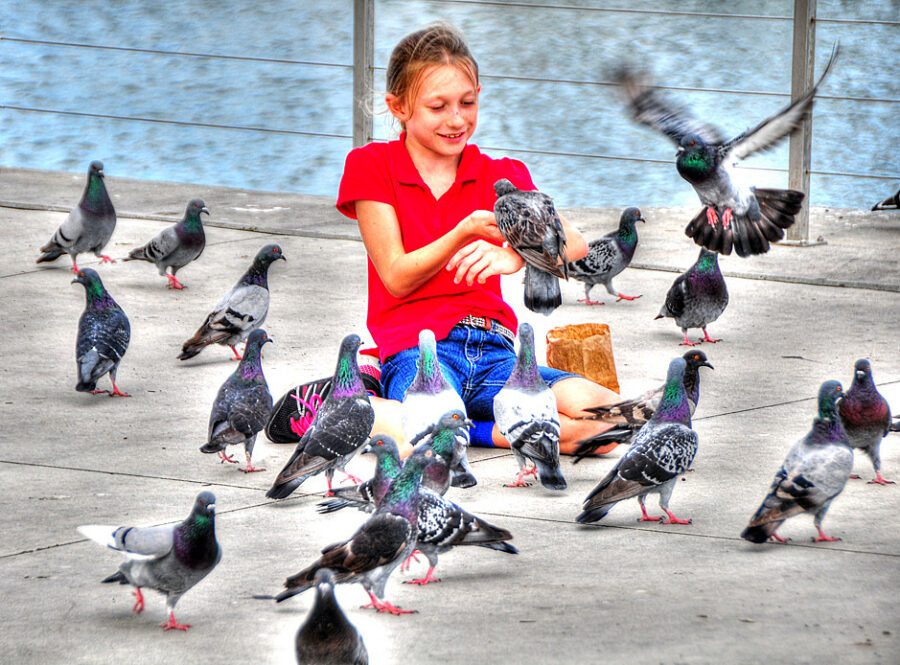
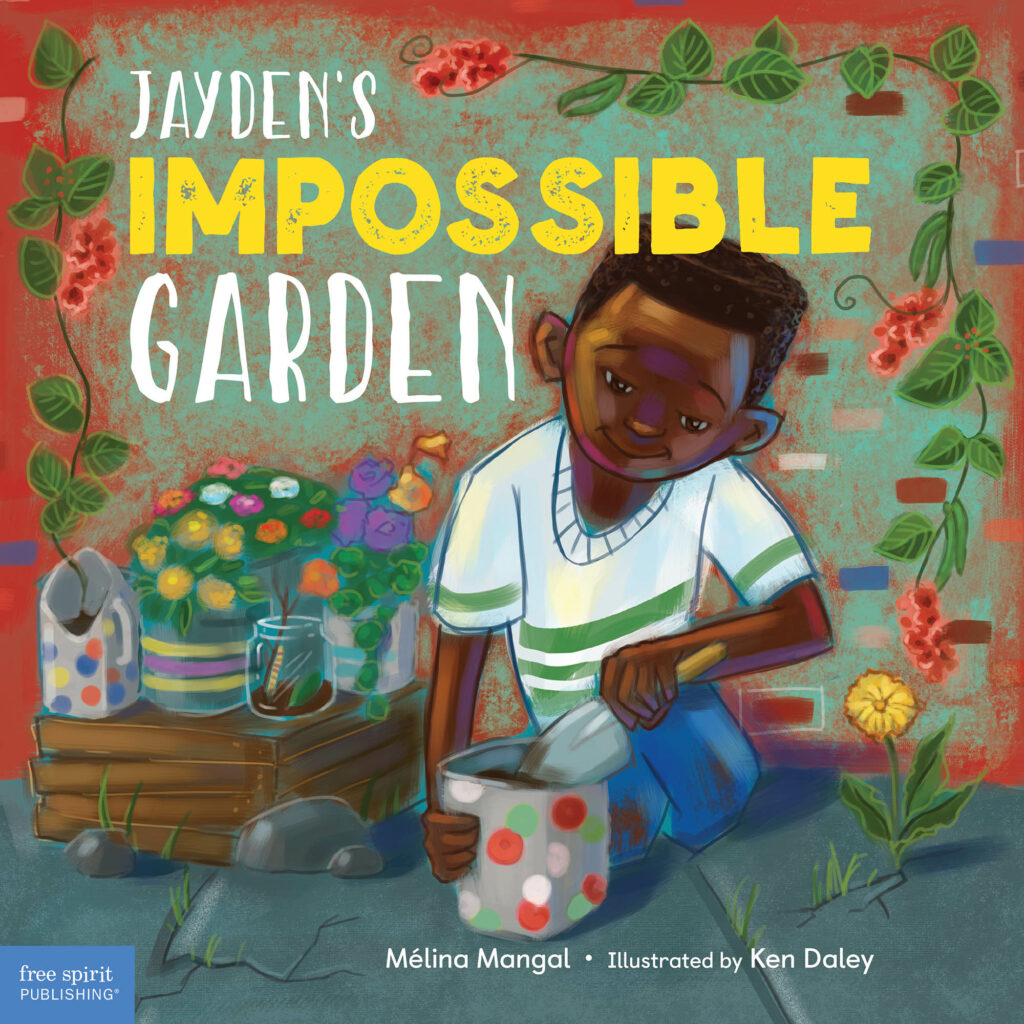


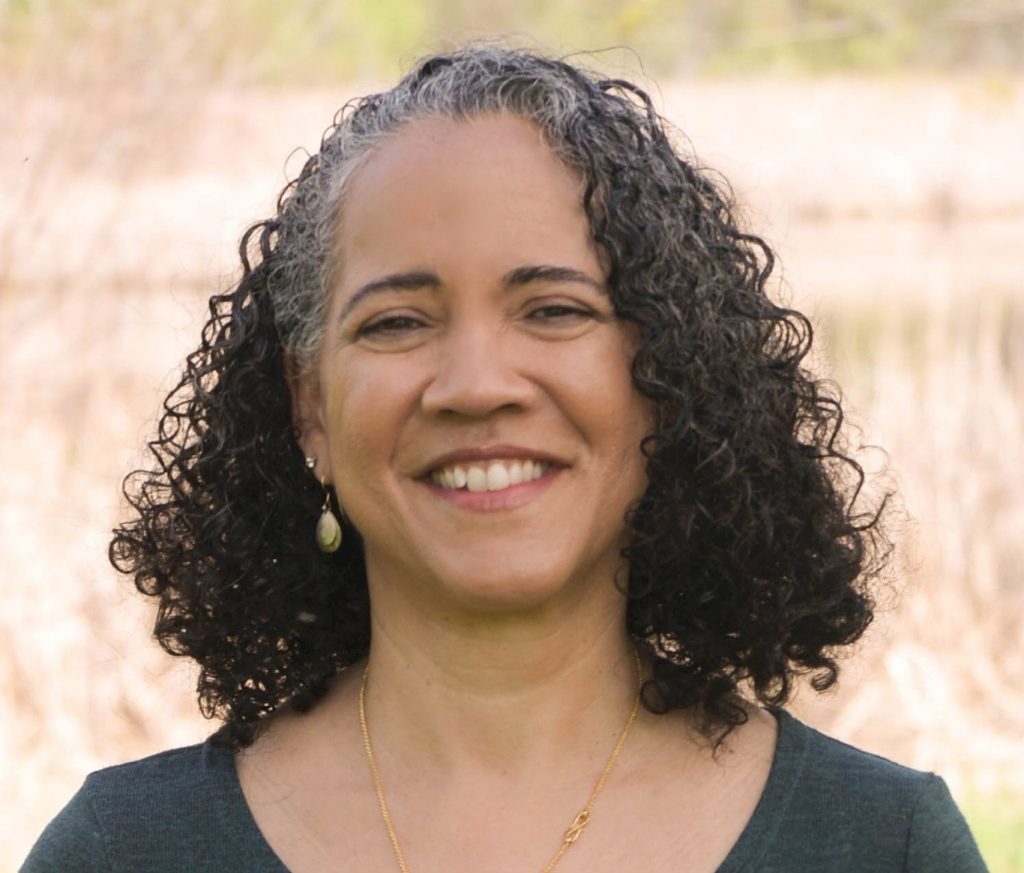

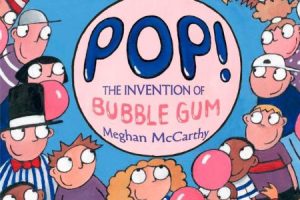
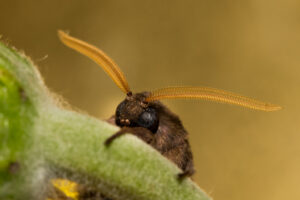

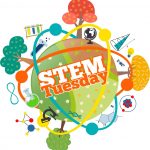
Leave a Reply
Your email is safe with me.